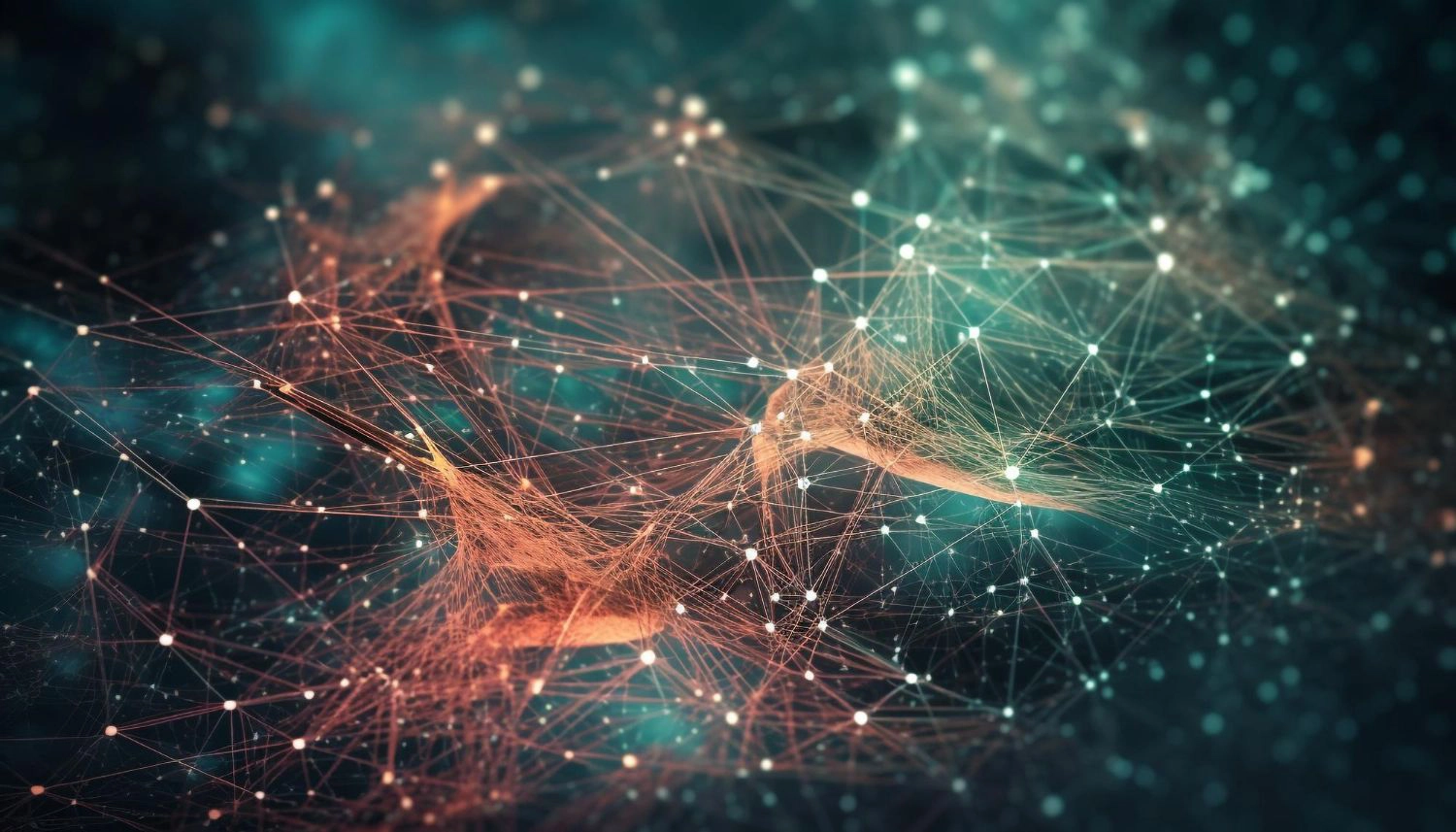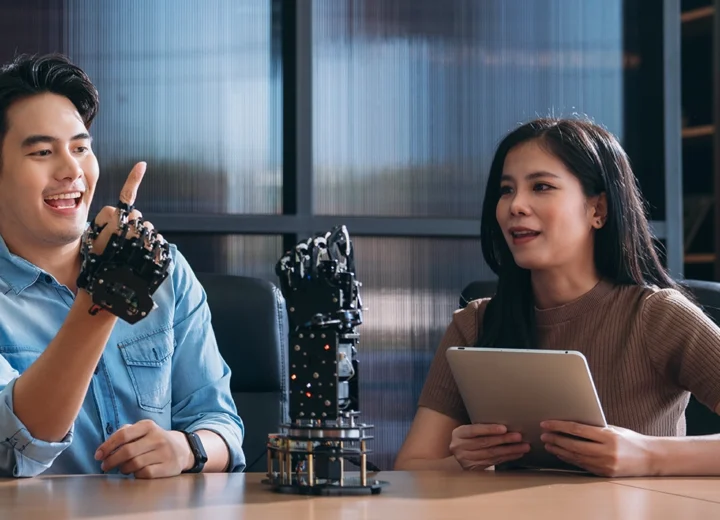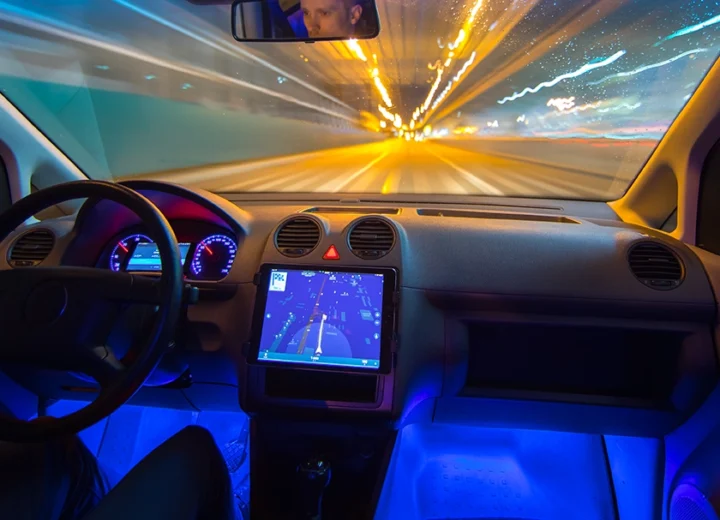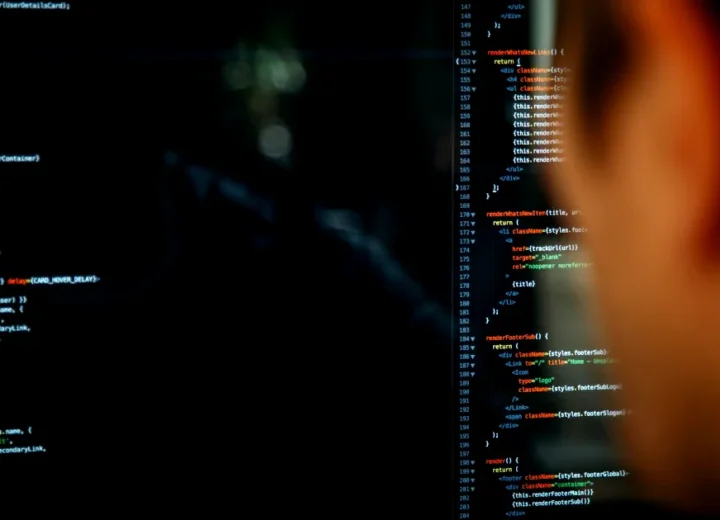
Welcome back to our series on machine learning, where we explore the cutting-edge domain of Self-Supervised Learning. In this installment, we explore a paradigm that flips the traditional script, allowing machines to train themselves without explicit external labels. Self-Supervised Learning leverages the inherent structure within the data to create its own supervisory signals, paving the way for more efficient and versatile learning.
Introduction
Introduction to Self-Supervised Learning
Definition & Core Concepts
Self-Supervised Learning represents a departure from the conventional paradigm where models are trained on labeled datasets. In this approach, the model is presented with unlabeled data and is tasked with creating its own labels or learning representations from the inherent structure of the data. By formulating auxiliary tasks that don’t require external annotations, Self-Supervised Learning enables models to learn rich and meaningful representations.
Contrastive Learning
One of the key techniques within Self-Supervised Learning is contrastive learning. The model is trained to distinguish between positive pairs (similar samples) and negative pairs (dissimilar samples). By maximizing the similarity between positive pairs and minimizing the similarity between negative pairs, the model learns to encode useful features and representations.
Techniques
Self-Supervised Learning Techniques
Word Embeddings & Language Models
In natural language processing, Self-Supervised Learning has found success in pretraining word embeddings and language models. Models like Word2Vec, GloVe, and BERT learn to predict missing words in sentences or understand the relationships between words, capturing semantic information in the process.
Image Representations
For images, Self-Supervised Learning techniques involve tasks such as image colorization, image inpainting (filling in missing parts), or predicting the relative position of image patches. By training on these auxiliary tasks, models learn to extract features and representations that generalize well to downstream tasks like image classification.
Temporal Learning & Predictions
In the temporal domain, Self-Supervised Learning can involve predicting the next frame in a video sequence, understanding the temporal order of events. By learning to anticipate future states, models acquire a nuanced understanding of temporal dynamics, aiding applications in video analysis and action recognition.
Notable Applications
Applications of Self-Supervised Learning
Image Recognition & Classification
Self-Supervised Learning has shown promise in image recognition tasks. Pretraining models on auxiliary tasks like colorization or context prediction allows them to learn rich image representations, which can then be fine-tuned for specific classification tasks with limited labeled data.
Natural Language Understanding
In the realm of natural language processing, Self-Supervised Learning has revolutionized language representation models. BERT, for example, is pretrained on predicting missing words in sentences, enabling it to capture contextual relationships and nuances in language. These pretrained models serve as powerful tools for various downstream tasks like sentiment analysis and question answering.
Video Analysis
For video data, Self-Supervised Learning contributes to improved video understanding. By training models to predict temporal sequences or learn spatiotemporal features, they become adept at recognizing actions, activities, and patterns in videos, benefiting applications in surveillance, healthcare, and entertainment.
Challenges
Challenges & Considerations
Designing Effective Auxiliary Tasks
One challenge in Self-Supervised Learning is designing auxiliary tasks that facilitate the learning of meaningful representations. The choice of tasks and the formulation of positive and negative pairs are critical for the success of the model. Iterative experimentation and fine-tuning are often necessary to discover effective self-supervised tasks.
Generalization to Downstream Tasks
Ensuring that representations learned through Self-Supervised Learning generalize well to downstream tasks is a critical consideration. While models excel at learning from unsupervised data, the true measure of success lies in their ability to transfer knowledge to tasks with limited labeled data.
Future
Future Directions & Advancements
MultiModal Self-Supervised Learning
The future of Self-Supervised Learning holds the promise of exploring multiple modalities simultaneously. Combining vision, language, and other modalities in a single self-supervised framework can lead to more holistic and versatile models that understand the relationships between different types of data.
Lifelong Learning & Continual Adaptation
Advancements in Self-Supervised Learning are steering the field towards lifelong learning, where models continually adapt and learn from new data over time. This adaptability is crucial for applications in dynamic environments where the data distribution may change.




